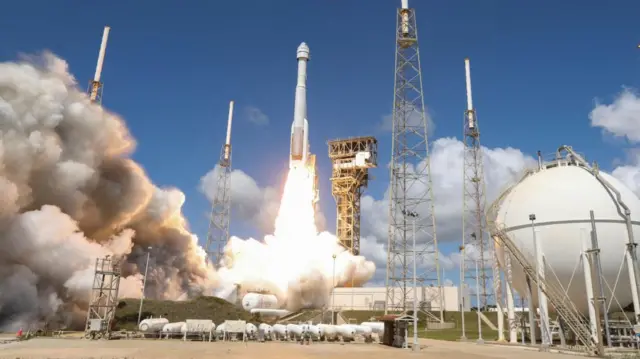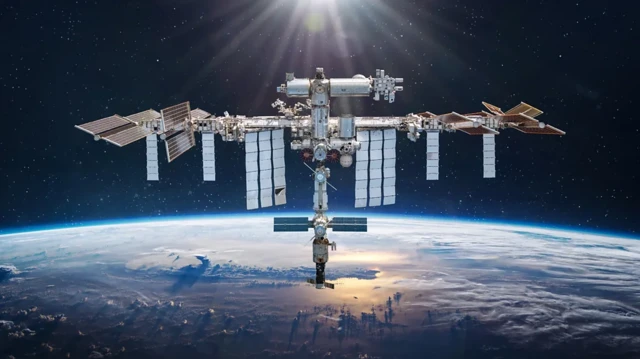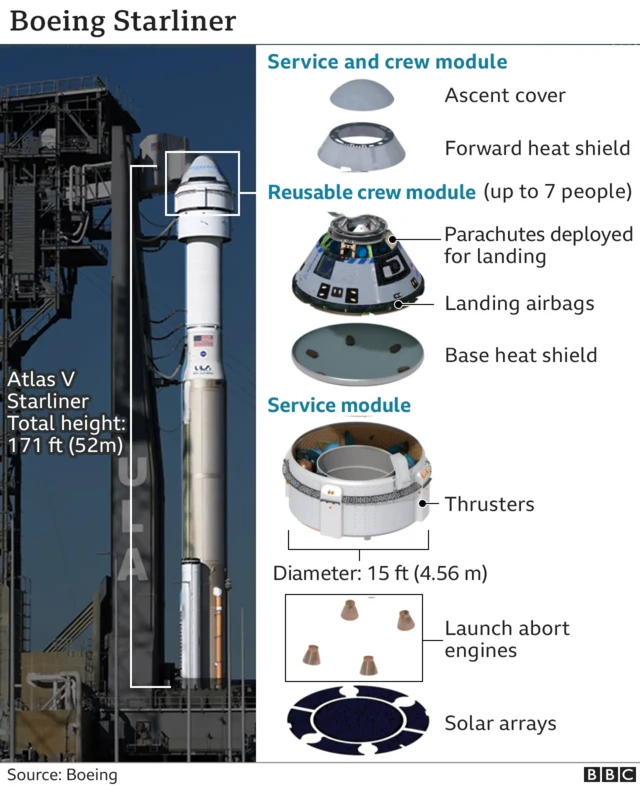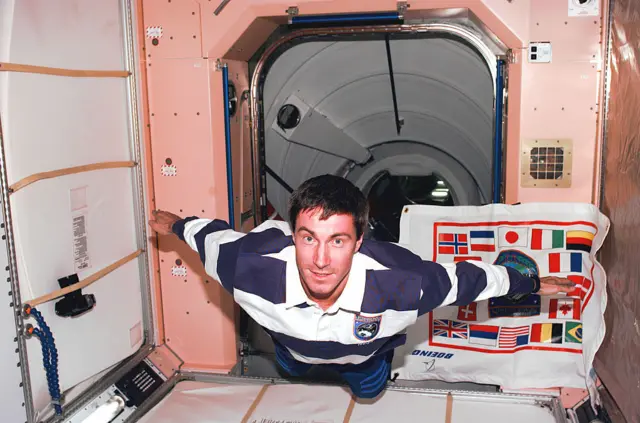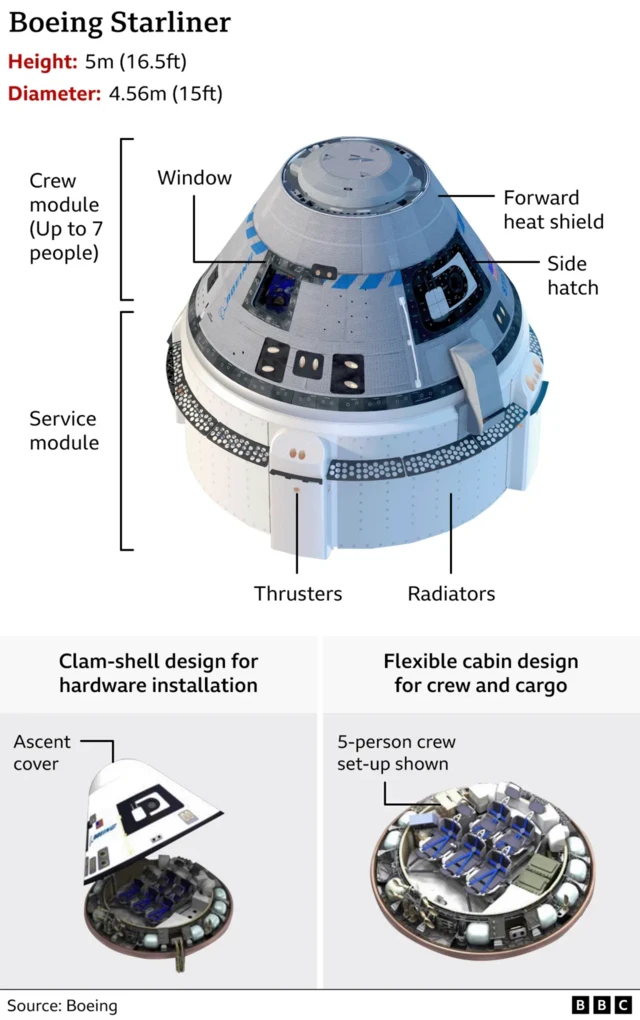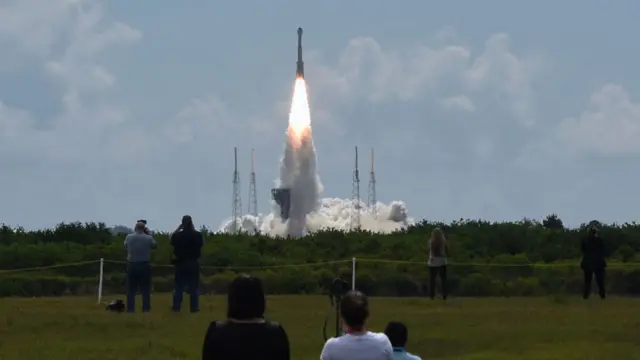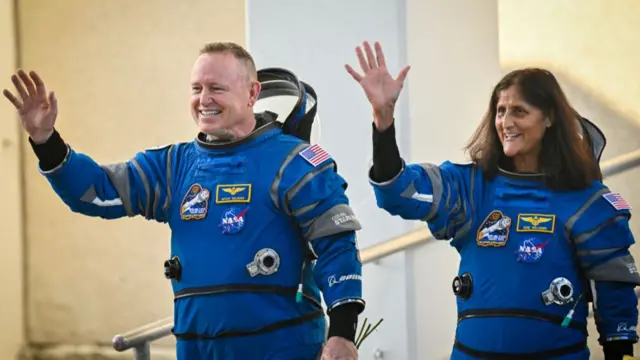Nasa gives update on astronauts' statuspublished at 18:06 BST 14 August 2024
The update from Nasa on the two astronauts stuck on the International Space Station has just begun.
We're now hearing from Ken Bowersox, the associate administrator at Nasa’s Space Operations Mission Directorate.
He says that Nasa does not have major announcements today, but will give a status update on the situation.

